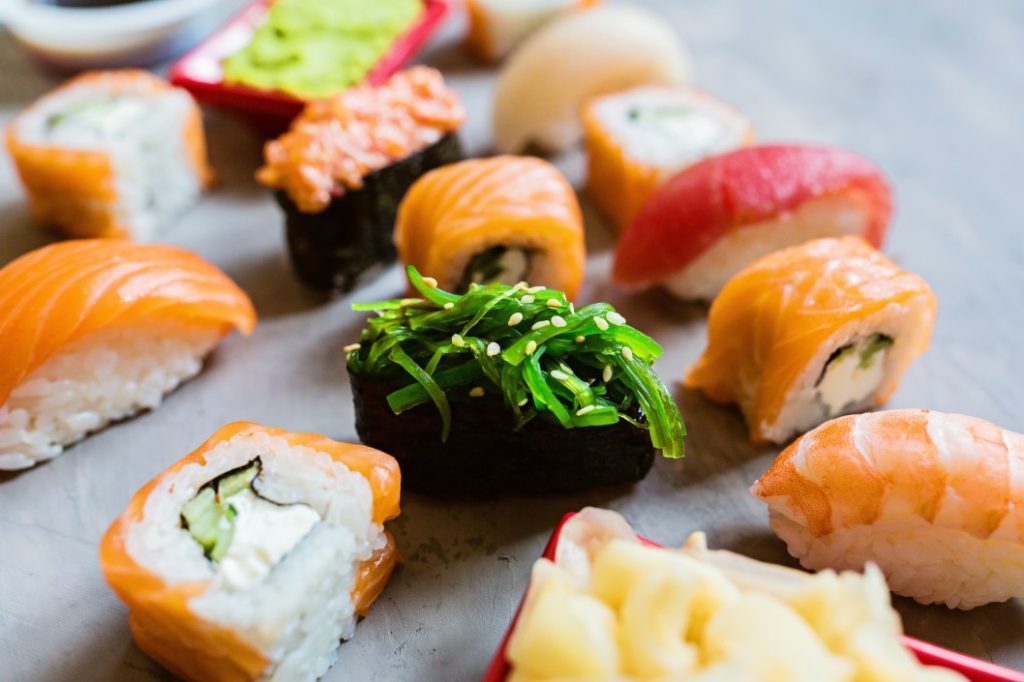The Three Basic Styles of Japanese Cuisine
First, let’s discuss the different types of yakitori. These are small pieces of chicken that are barbecued and then brushed with a tare sauce, a mixture of mirin rice wine, soy sauce, sake alcohol, and sugar. There are various variations of yakitori, including chicken meatballs. But before we get into these different kinds of yakitori, let’s look at what they mean.
Kaiseki ryori
There are three basic styles of Japanese cooking. Kaiseki ryori emphasizes the use of locally grown ingredients and the chef’s skill and attention to detail. The menu varies according to the location, season and current harvest. The main courses are composed of a selection of seasonal ingredients. A second course sets the seasonal theme and may include a rice dish or hot pot.

Most courses are eaten with chopsticks, with some dishes served with a spoon. Diners should avoid prodding the food with their chopsticks. Instead, they should pick it up with the tip of their chopsticks and place it on a chopstick rest. For desserts, they may choose to eat matcha ice cream. Matcha is a powdered Japanese green tea. It is typically used in high-quality kaiseki dishes.
Kansai ryori
The basic style of Japanese cooking is characterized by a number of distinct flavors and textures. The everyday meal in Japan typically consists of boiled rice, a shiru-mono dish, and three side dishes. A variety of these dishes may be eaten as one whole meal or separately. The main course of the meal is generally eaten in small portions, and the tastes are often blended together in the mouth. The boiled rice, which is often served with a salty side dish, is a staple of Japanese meals.
Western meals are typically divided into courses, with different types of food served at different stages of the meal. In contrast, everyday Japanese meals have no distinct stages or courses, but rely instead on consistency of tableware, atmosphere, and other elements of the meal. While Western eating places are more structured, these places don’t clearly separate their roles between the chef and the customer. Instead, the chef and the waitstaff work together to provide a memorable experience.
Ichiju-Issai
The basic Japanese meal structure is comprised of a bowl of rice, a soup, and one or more side dishes. The goal of the traditional meal structure is to promote nutritional balance. In addition to the traditional three-course meal, most Japanese soups use very few ingredients. All soup recipes include a stock called dashi. This is a base from which other flavors are added.
While the Japanese have adapted hundreds of dishes from other cultures, they still maintain the essential flavor of their origins. For example, the Japanese have adopted Indian cuisine (via the United Kingdom) by making curry a staple of their diet. In addition, the Japanese make kimchi mildly spicy, unless it is authentic. Japanese pizzas are also filled with sliced boiled eggs and sweetcorn.